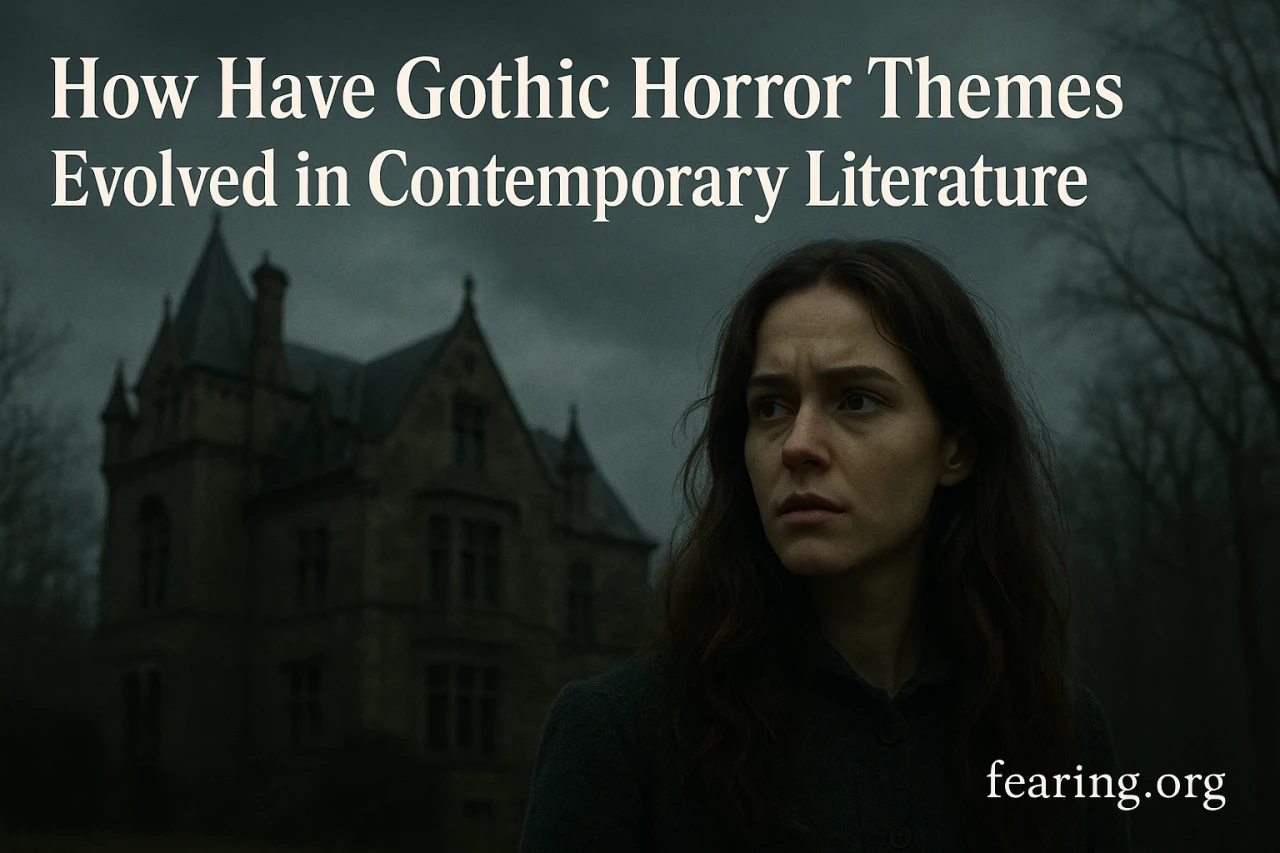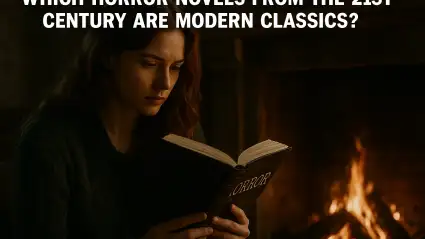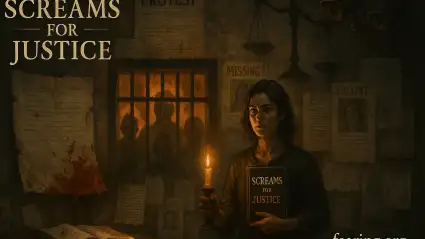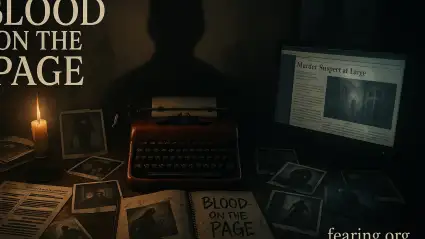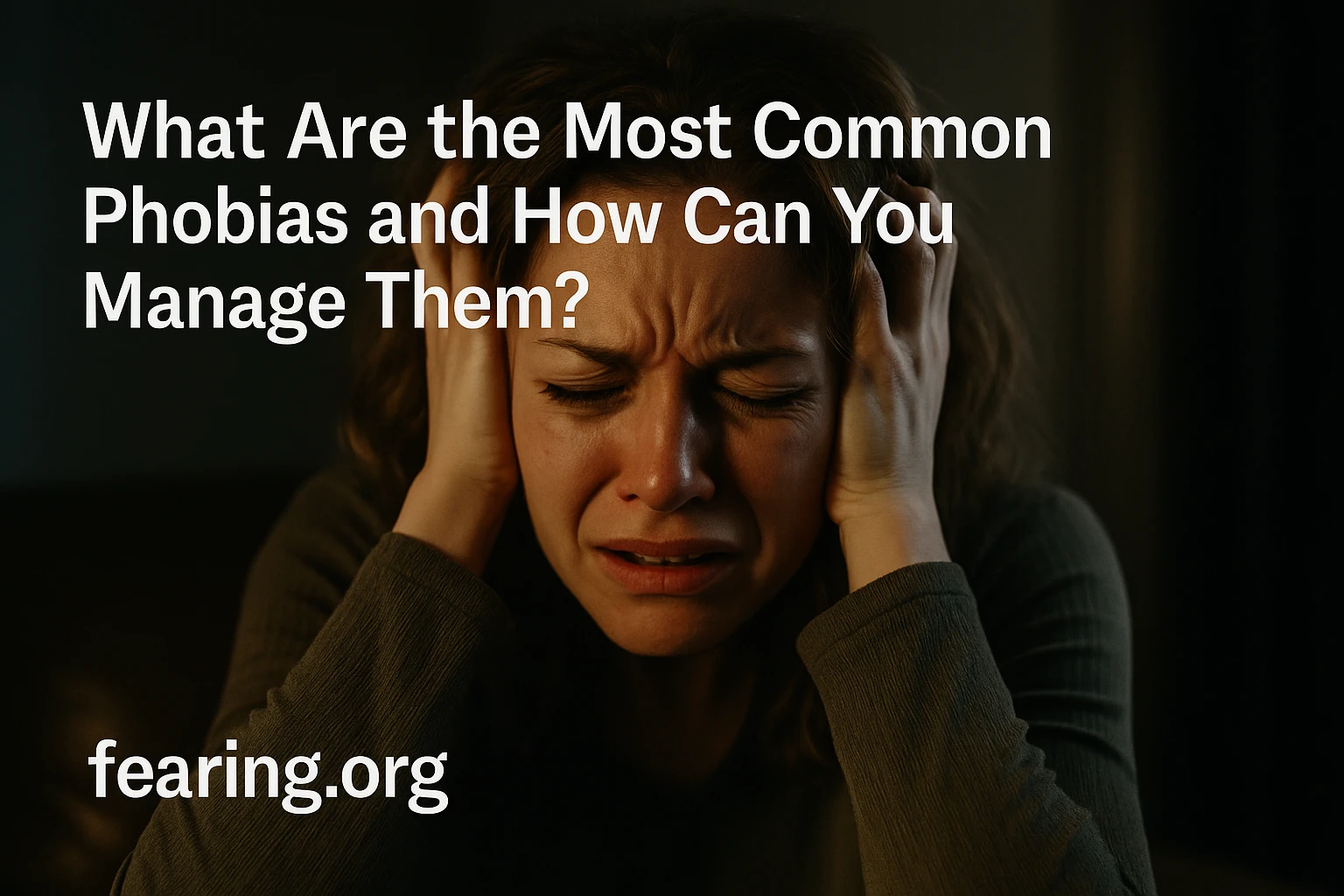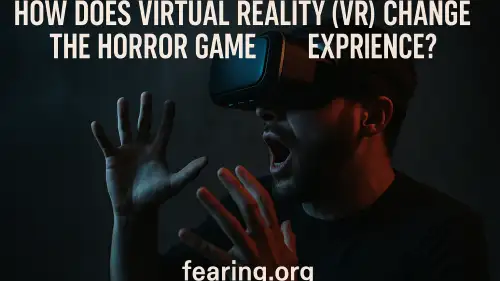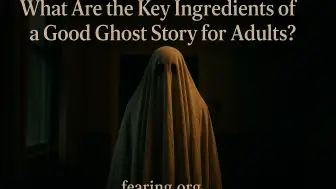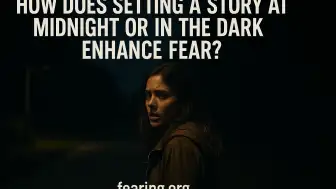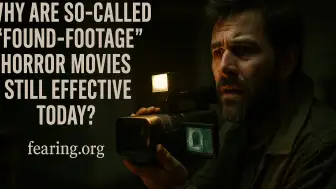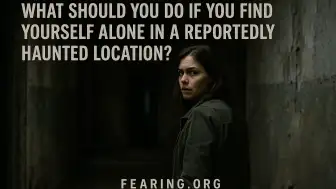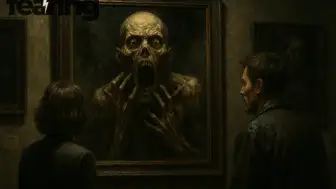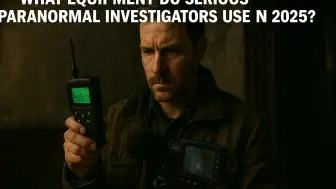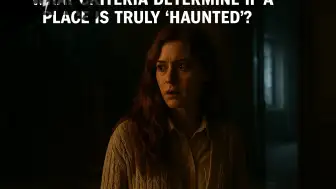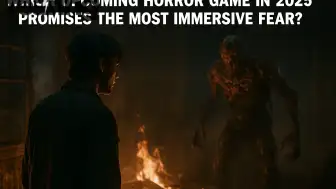The Gothic once lived in candlelight — among crumbling castles, whispered secrets, and ghosts that carried the weight of sin. Born in the 18th century with writers like Horace Walpole and Mary Shelley, Gothic horror defined how the Western imagination explored fear. But as centuries passed and the world modernized, so did its shadows.
Contemporary literature has not abandoned the Gothic; it has reimagined it. The old haunted mansions have become city apartments, psychological prisons, and digital spaces. The monsters are no longer supernatural — they are emotional, societal, and existential. The essence remains the same: fear born from beauty, decay, and desire. But today’s Gothic speaks in a modern voice — one that reflects the anxieties of an age where ghosts live in memory, technology, and identity itself.
The Psychological Gothic: Fear Inside the Mind
Traditional Gothic horror externalized fear — ghosts, curses, or creatures that embodied sin and punishment. Modern writers have turned that gaze inward. The true haunted house is now the human psyche.
Authors like Shirley Jackson (The Haunting of Hill House) and Paul Tremblay (A Head Full of Ghosts) replaced monsters with mental instability, grief, and trauma. Their worlds blur the line between supernatural and psychological, leaving readers unsure whether a haunting is real or imagined.
This inward turn makes the Gothic more intimate. The creaking staircase has become a racing heartbeat; the flickering candle, a mind losing control. The Gothic is no longer about the terror of the unknown — it’s about the horror of knowing yourself too well.
The Domestic Gothic: The Home as a Trap
In classic Gothic fiction, danger lurked in distant castles and abbeys. Today, it lives inside the home. The domestic Gothic explores how familiar spaces become prisons of repression, control, or decay.
Novels like Gillian Flynn’s Gone Girl or Laura Purcell’s The Silent Companions reimagine the haunted house as a metaphor for marriage, gender roles, and social pressure. Behind every perfect family portrait hides something festering.
This evolution reflects modern fears — not of monsters outside, but of what lies beneath ordinary life. The Gothic home no longer shelters; it suffocates.
The Technological Gothic: Haunting in the Digital Age
The 21st century gave rise to a new kind of darkness: one made of pixels and screens. In modern Gothic literature, the haunted castle has evolved into the haunted network — a space where ghosts are data, and memories never die.
Writers like Carmen Maria Machado (Her Body and Other Parties) and Mark Z. Danielewski (House of Leaves) use experimental structures to simulate digital disorientation — texts within texts, hidden codes, and narratives that fold in on themselves.
Technology becomes both the ghost and the grave. Emails from the dead, recordings that shouldn’t exist, AI replicas of lost loved ones — these stories mirror society’s unease with immortality through information. The Gothic’s obsession with life after death has found a new stage in cyberspace.
The Social Gothic: Power, Class, and Identity
Contemporary Gothic horror has become a mirror for inequality and oppression. Where earlier works often punished women and the poor, modern Gothic gives them voice. Authors like Silvia Moreno-Garcia (Mexican Gothic) and Tananarive Due reclaim the genre from colonial and patriarchal roots, infusing it with postcolonial critique and cultural identity.
In these stories, horror stems not from cursed objects but from historical trauma — racism, exploitation, generational violence. The decaying mansion becomes a metaphor for a decaying social order.
This redefinition makes the Gothic profoundly political. Fear is no longer universal; it is systemic. The ghosts of empire and injustice haunt every page.
The Sensual and the Queer Gothic
The Gothic has always danced between attraction and fear, but modern literature has embraced that tension with new openness. Queer and feminist writers use Gothic tropes to explore desire, shame, and transformation — the very emotions the early Gothic sought to suppress.
Carmen Maria Machado, Sarah Waters (The Little Stranger), and Andrew Michael Hurley (The Loney) rework Gothic intimacy into something both terrifying and liberating. Monsters become metaphors for hidden identity. Shadows become safe spaces for what cannot be expressed in daylight.
In the modern Gothic, love itself is often haunted — by the fear of rejection, repression, or revelation.
The Landscape of Isolation
While 19th-century Gothic horror relied on stormy nights and desolate moors, modern works transform isolation into emotional and technological alienation. City apartments, suburban streets, and even online chatrooms have replaced castles.
The setting is no longer about geography but disconnection. The loneliness of modern existence — surrounded by millions yet unseen — creates a haunting more relevant than any graveyard. Authors exploit this irony: we’ve never been more connected, yet never more haunted by silence.
The Return of the Haunted Past
No matter how modern it becomes, the Gothic always circles back to memory. Contemporary writers use the genre to confront collective guilt — war, colonization, family secrets, and environmental destruction.
In novels like Jesmyn Ward’s Sing, Unburied, Sing or Toni Morrison’s Beloved, ghosts are not metaphors — they are history demanding recognition. The Gothic becomes a moral reckoning, forcing both characters and readers to face what their world has tried to forget.
The fear here isn’t of supernatural revenge — it’s of remembrance.
Fragmented Narratives and Unreliable Voices
Modern Gothic horror embraces disorientation. Fragmented storytelling, shifting perspectives, and unreliable narrators create uncertainty that mirrors the instability of modern identity.
Just as the crumbling mansion once symbolized decay, fragmented structure now represents the fractured human experience — confusion, contradiction, and digital overload. The Gothic no longer builds suspense through architecture but through language itself.
From Terror to Melancholy
Contemporary Gothic literature doesn’t aim solely to terrify. It aims to move, to unsettle, to make readers confront the beauty within decay. The horror is slower, more reflective — the ghost less an intruder and more a companion.
This evolution shows how the Gothic has matured with its readers. It no longer punishes fear or desire; it studies them. The shadows remain, but now they shimmer with empathy.
Why the Gothic Still Endures
The Gothic never dies because it evolves with the world’s anxieties. When science challenged faith, it gave us Frankenstein. When war shattered nations, it gave us haunted ruins. And in an age ruled by technology and isolation, it gives us digital ghosts and emotional emptiness.
The form changes, but the core remains: beauty and terror intertwined, the past invading the present, and the eternal question of what haunts us most — the dead, or ourselves.

